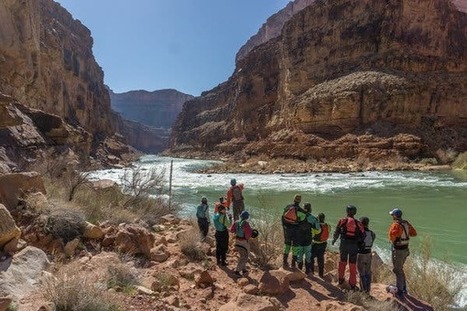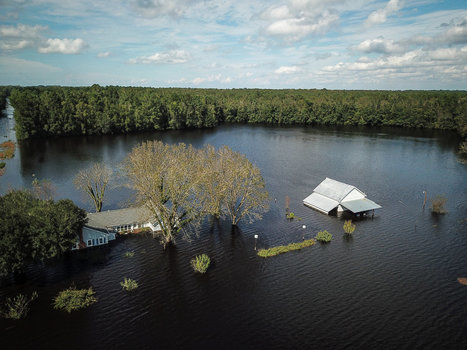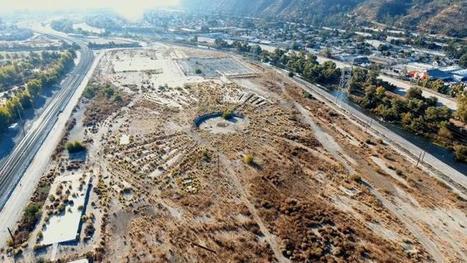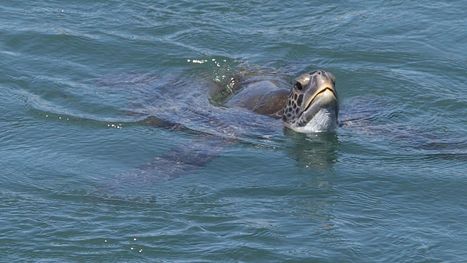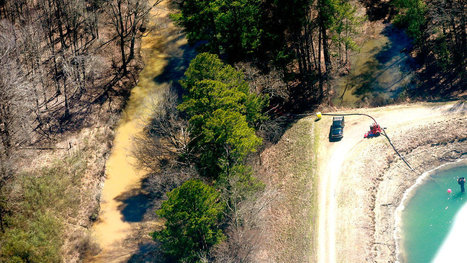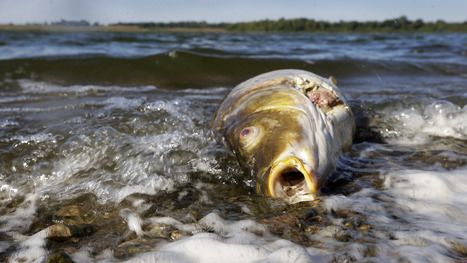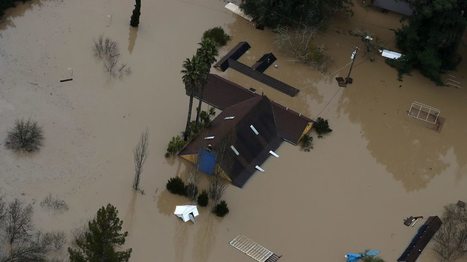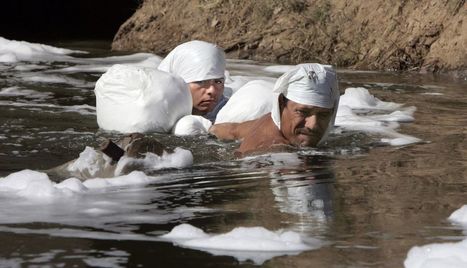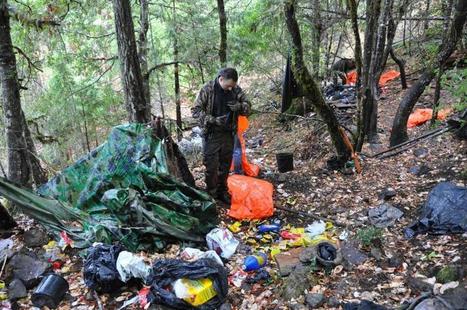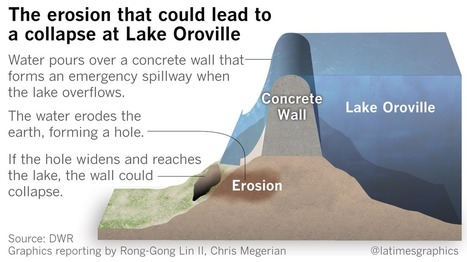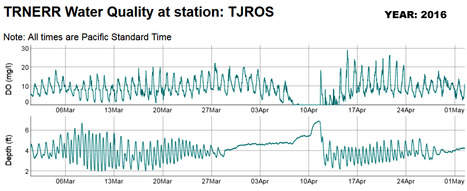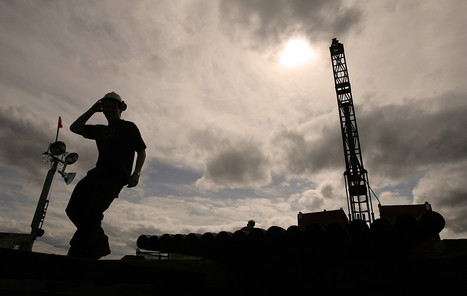25 days rafting through the Grand Canyon meant no access to the news — and a new reality when the trip ended.
Get Started for FREE
Sign up with Facebook Sign up with X
I don't have a Facebook or a X account
 Your new post is loading... Your new post is loading...
 Your new post is loading... Your new post is loading...

PIRatE Lab's curator insight,
December 19, 2013 3:11 AM
As I have posted before, this particular situation in Boyle Heights (a traditionally poor, hispanic neighborhood in Los Angeles) appears to be a pretty clear example of environmental injustice.
Having worked on instances of materials/waste stored too close to a waterway/floodplain, I can say that the potential water contamination issue is a relatively simple one to remedy and should be something correctable over the course of a few days/weeks. The aerial emissions is a different story and is a case of needing to expend much money and enact various engineering/design modifications. That is likely to be a substantial cost to Exide and take on the order of many, many months (if not a year or more) to complete.
I am very sensitive to the regulatory burdens our heavy industries here in California are subjected to. They are often onerous and not necessarily the most efficient/effective wayd to achieve an environmental or public health benefit. And regulators not infrequently turn a deaf ear to the plight of heavy industries in a global marketplace. But having said that, this case does indeed appear to be an example where regultory enforcement should proceed forthwith. The apparent foot dragging here by the company is disappointing.
The classic proverbial environmental justice question here is; "Would Exide be allowed to be operating this way in L.S.'s tonier locales of Santa Monica, Malibu, or Pacific Palisades?"
It is also important to note that I like the Exides of the world operating here in the U.S. and California in particular. I believe it is the height of hypocracy to allow this work to happen in Inda, China, Nigeria, etc. when the users/consumers of these products are in the developed, affluent world. We should bear the burden of these industries and assure that they operate under our laws and pass on the cost to we the consumers, not our poorer friends around the world least able to manage such industrial activities. The goal here should be justice both for responsible industries and the airshed/people/ecosystems where they operate. Beware the siren song of the folks who would simply have us drive this producer permanental away, out of sight and out of mind. |
|




